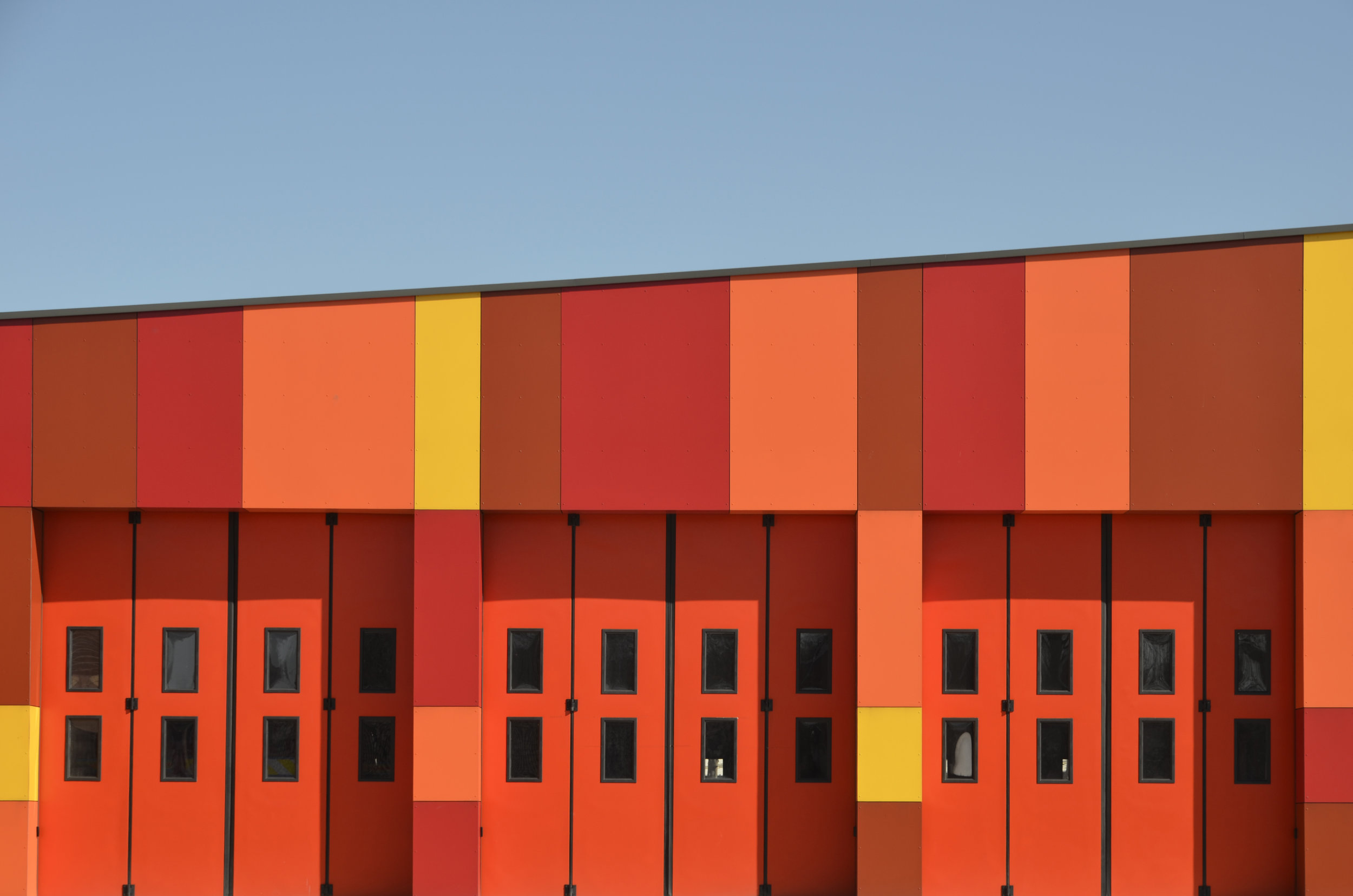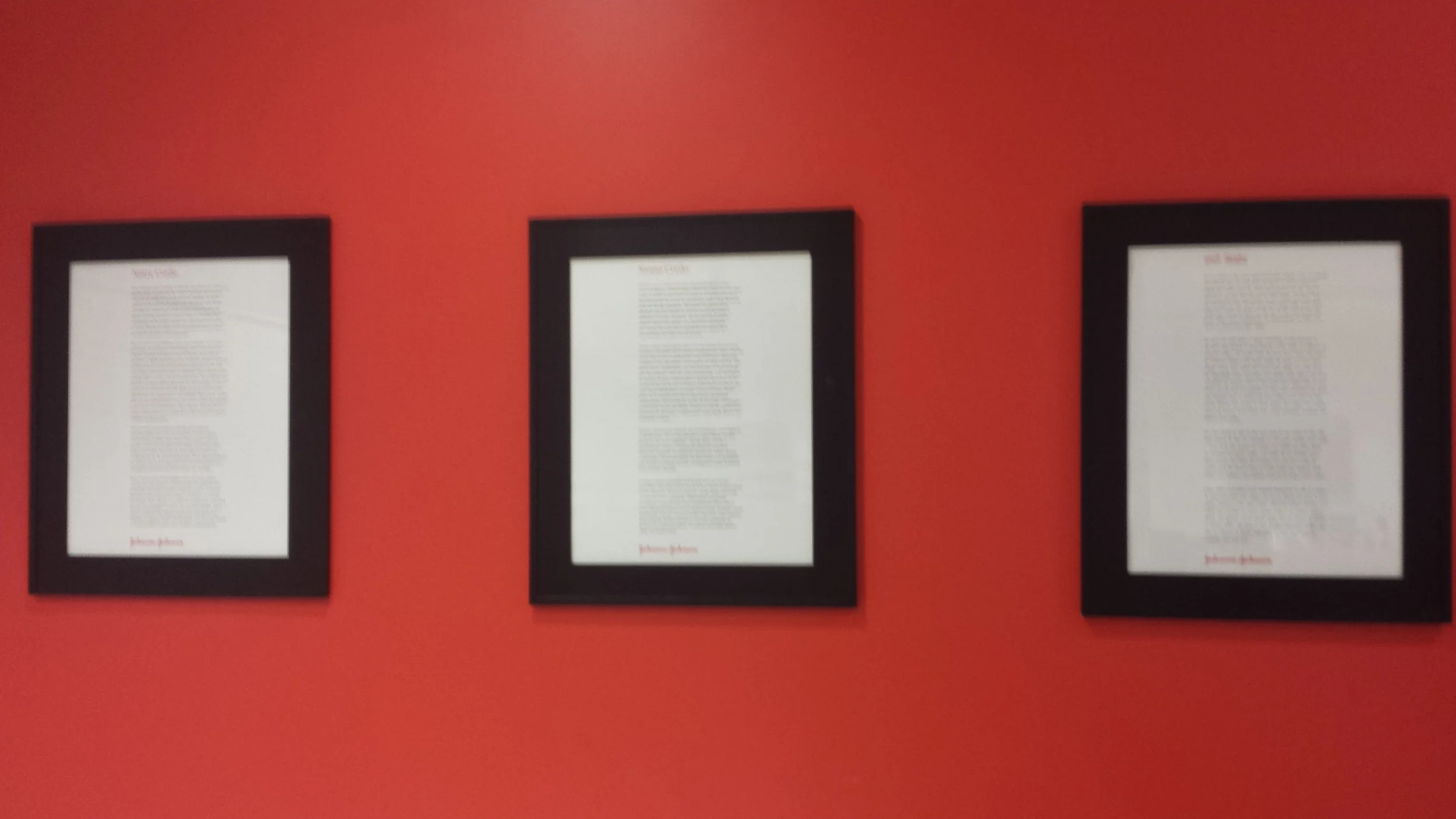(by Eric)
Hi again! This post will be my last of the summer. I hope you've been enjoying the previous ones. I've tried to be as detailed as possible to give you an insight into how data science works at Johnson & Johnson (J&J). By now, my internship has already ended and I am in the thick of things again as a graduate student at Columbia. With the fall hiring season starting to get underway at many schools, I'll write for those of you who are curious about life at J&J doing data science. I will also share some fun and interesting activities I enjoyed during the summer, and some thoughts looking back at my experience.
Working hard and playing hard
Before J&J, I had never imagined that an internship could involve activities like going out for laser tag, volleyball, and dodgeball with other interns and people in my team and department. But guess what? That's exactly what happened this summer! Plus, it happened on a work day (a Monday, if I remember correctly). We got the entire day off to go and have fun. Then, after we were all sweaty and worn-out from playing, we didn't have to go back to work. We just headed back home early and had the rest of the day to ourselves. Need I say more about the awesomeness? I think you get the picture.
I'm certainly not suggesting that we all go out and play every day. People at the office, including the interns, work on many projects and get things done. However, I definitely got the sense that my department understood the value of having fun, taking a break occasionally, and getting to know your colleagues outside of the professional environment. There is nothing like throwing foam balls around in dodgeball to hit that mental reset button in your brain. The experience also makes you see your colleagues in a completely new light. Competitive games seem to bring out more of the character in each person, which is pretty fascinating if you're paying attention.
“I definitely got the sense that my department understood the value of having fun, taking a break occasionally, and getting to know your colleagues outside of the professional environment.”
Many people completely changed when taken out of the formal office setting and dropped in the middle of a dodgeball game. Some became bolder, rushing to the front lines, while others stayed back and played more cautiously. Me? I wasn't afraid to take some hits if I had to, but my best ability was catching the balls, not dishing out the throws (for those not familiar with dodgeball, catching a throw takes out the opponent player and allows you to put back in a team player who was hit earlier). I let the best offensive hitters move to the front and do their thing, then I moved up when they had exhausted their ball supply and went in search of ammunition. Anyway, I digress.
A culture of sharing and collaborating
Here's another interesting fact about the data science team: We were about evenly split between introverts and extroverts. I was pretty surprised when we got the Myers-Briggs results back and saw the distribution (for those of you who are curious, I tested INFP). Yet, despite our drastically working styles and personalities, we all got along together, both in and out of the office. I think it speaks to the kind of environment that J&J fosters and the people they hire that things went as smoothly as they did.
Before I end, there's one last thing I want to mention because I really appreciated this part of the summer: Executive lunch and learn. You show up, get fed, and get to sit down with a manager/director/VP talks about their career and fields, and answer any questions from you and the other interns about just about anything. What could be better? I've heard that a lot of big companies are doing this kind of thing now, but I still have to say, I thought it was an incredible opportunity to hear from the top leaders at J&J. They all took unique paths to get to where they are today. Some started at J&J fresh out of college and moved from role to role, or department to department as they outgrew each position. Others started in a completely different industry and by chance found J&J and came to love the company for its culture.
“Hearing the top leaders of Johnson & Johnson tell their stories, each in their personal style and voice, is like nothing else. It gave me a better perspective on my own career and helped me see my own story in different ways.”
Hearing them tell their stories, each in their personal style and voice, is like nothing else. It gave me a better perspective on my own career and helped me see my own story in different ways. Sometimes, you'll even hear them talk about fascinating topics that have nothing to do with J&J or their jobs. I remember one time where the speaker was asked a question about his experiences at business school. He started out talking about the MBA program, but after a while launched into a riveting discussion of a class he had taken on economic development. The talk turned into a mini-crash course on the elements that you would need if you wanted to develop a country from the ground up. For someone like me who had never taken a business course but had always been curious about what they taught, listening to him was simply amazing. But maybe that's just me.
Oh, one more thing before I sign off: After hearing him speak at a lunch and learn, I reached out by email to a VP in IT and was able to land a personal 1 on 1 with him in his private office for half an hour. That has got to be a highlight of my summer at J&J.
Well, that's all I have. It's been fun recounting the experiences I've had these past few months. Hope you've enjoyed too. If you have any questions about my experience, I'm active on LinkedIn. Feel free to look me up and shoot me a message!
A closing note: The company really emphasized their credo during the summer, and stressed how fundamental it is to the culture at J&J. It talks about the company’s responsibility to the final users of their products and services, their responsibility to their employees, communities and stockholders. I thought to describe it in my own words but I couldn’t really do it justice. So here it is.















